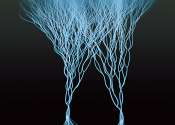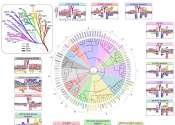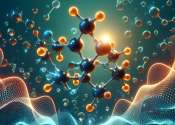The interference of many atoms, and a new approach to boson sampling
In daily life, when two objects are "indistinguishable," it's due to an imperfect state of knowledge. As a street magician scrambles the cups and balls, you could, in principle, keep track of which ball is which as they are ...








